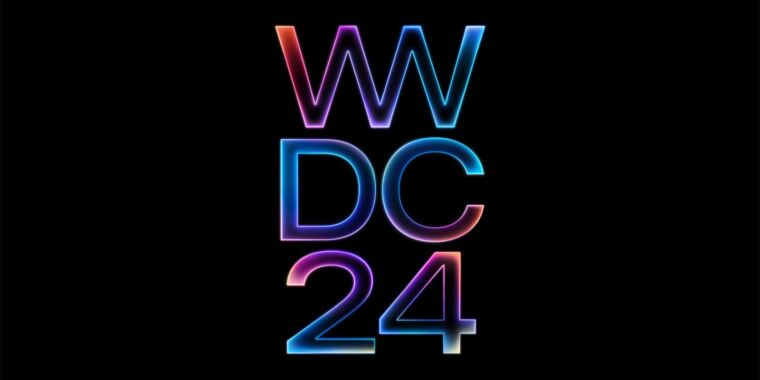People in the US are starting their menstrual cycles earlier and experiencing more irregularities, both of which raise the risk of a host of health problems later in life, according to an Apple women’s health study looking at data from over 70,000 menstruating iPhone users born between 1950 and 2005.
The mean age of people’s first period fell from 12.5 years in participants born between 1950 and 1969 to 11.9 years in participants born between 2000 and 2005, with a steady decline in between, the study found. There were also notable changes in the extremes—between 1950 and 2005, the percentage of people who started their periods before age 11 rose from 8.6 percent to 15.5 percent. And the percentage of people who started their periods late (at age 16 or above) dropped from 5.5 percent to 1.7 percent.
In addition to periods shifting to earlier starting ages, menstrual cycles also appeared to become more irregular. For this, researchers looked at how quickly people settled into a regular cycle after the start of their period. Between 1950 and 2005, the percentage of people obtaining regularity within two years fell from 76.3 percent to 56 percent.
The study, published by researchers at Apple and Harvard in the journal JAMA Network Open, notes that both of these findings bode poorly for long-term health. Early starting age of menstrual cycles is linked to adverse health outcomes, including cardiovascular diseases, cancers, spontaneous abortion, and premature death, the researchers write. And a longer time to regularity is linked to fertility problems, longer menstrual cycles, and an increased risk of metabolic conditions and all-cause mortality.
Looking across race and ethnicity categories, researchers found that the trends affected all groups. However, Black and Hispanic participants had consistently earlier menstrual starting ages than white and Asian participants. Black participants also saw a larger magnitude shift toward earlier starting ages compared with white participants.
It’s unclear what’s driving the menstrual changes, but the authors speculate that there could be a multitude of factors. The most prominent potential factor is childhood obesity, which has increased in the US over the course of the study period and is known to be linked to earlier puberty. However, the authors note that obesity doesn’t explain the totality of the shifts—an exploratory analysis indicated that obesity only accounted for 46 percent of the trends seen in the study. And other studies have indicated that the shift toward earlier menstrual cycles began before the upward trend of obesity in the US.
The authors of the current study point to various potential environmental factors, including endocrine-disrupting chemicals, metals, air pollutants, dietary patterns, psychosocial stress, and adverse childhood experiences.
The study has limitations, of course, including that it relied on self-reported data and was limited to people who own iPhones, who generally skew toward higher socioeconomic status. Thus, the findings may not be generalizable to the population overall. Still, the data fits with other studies, and the researchers called for more awareness among health care practitioners and more studies to look at trends and health outcomes.




